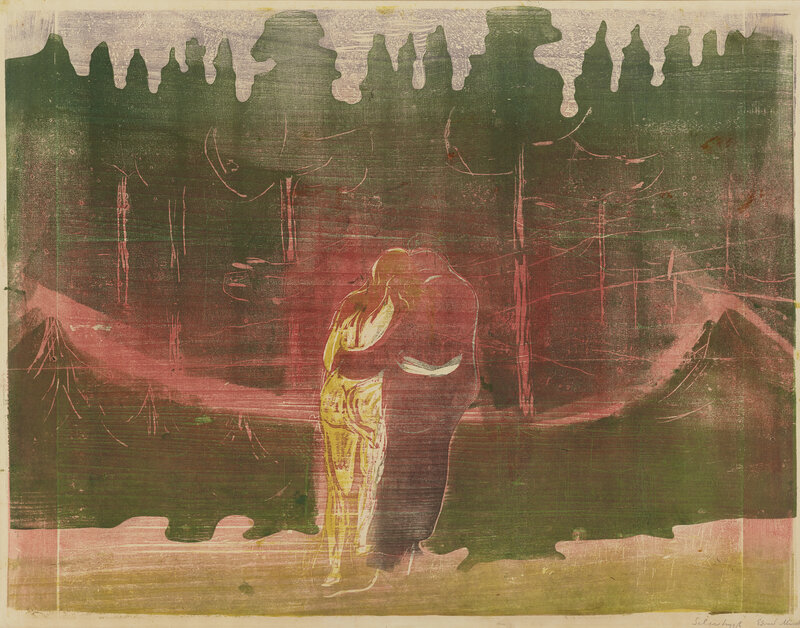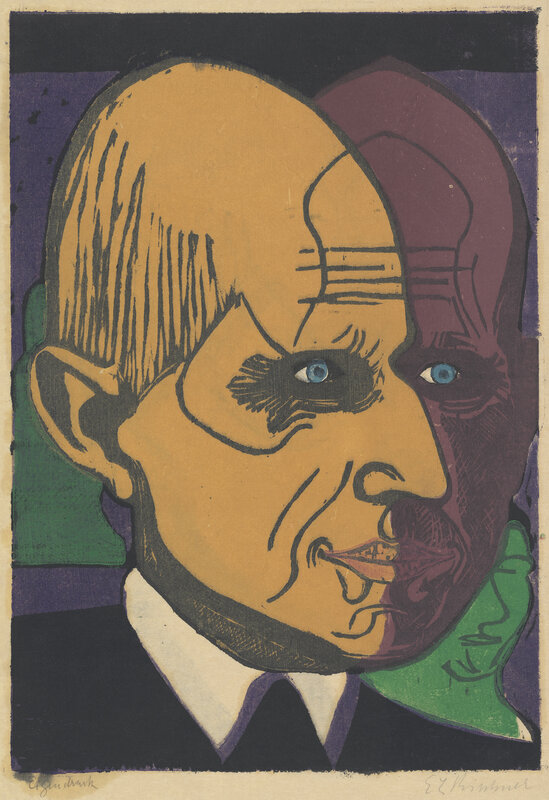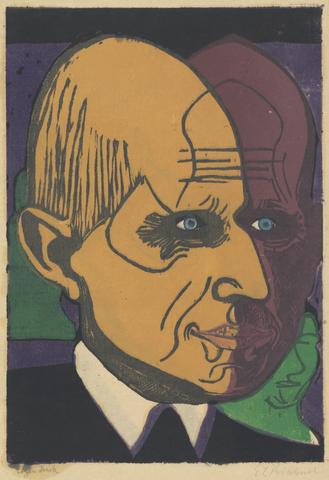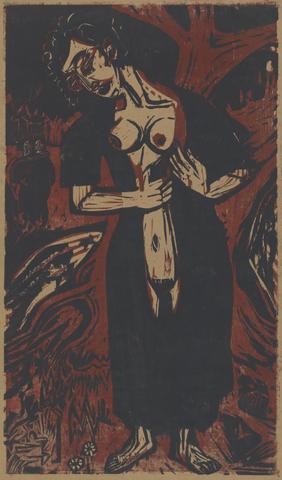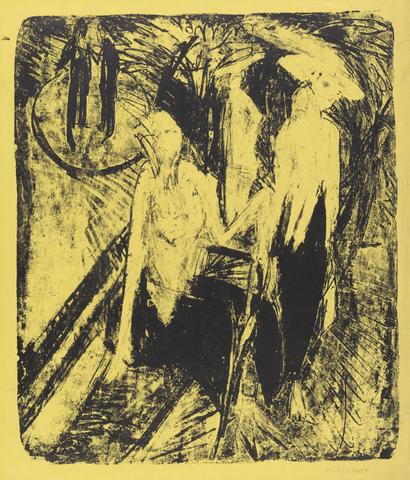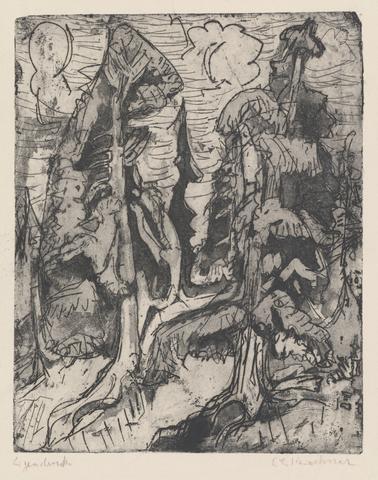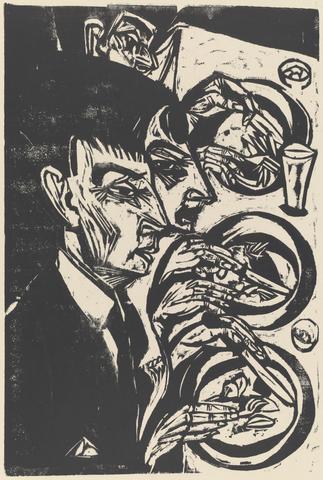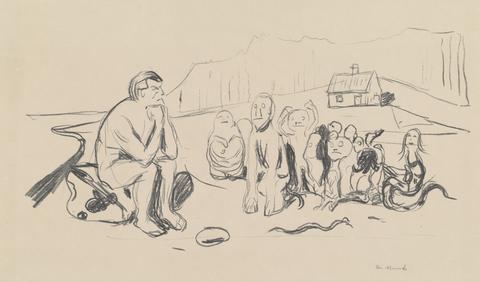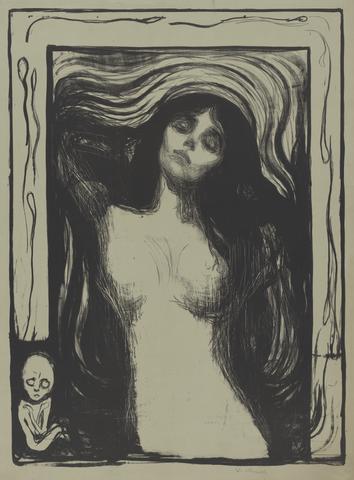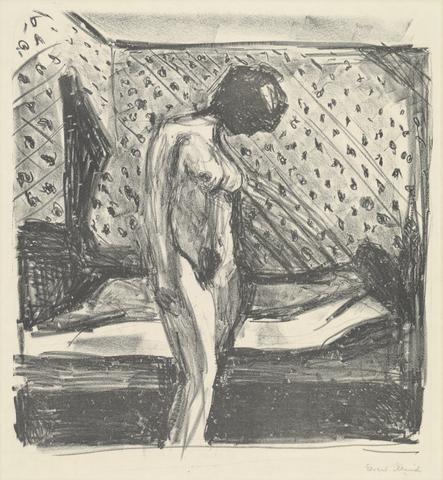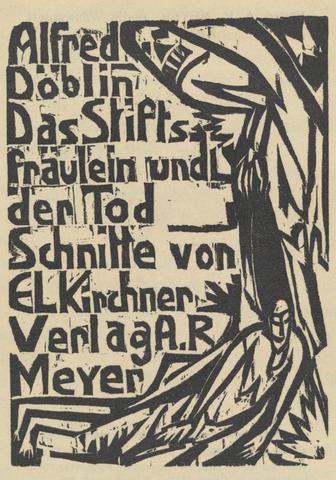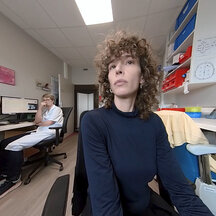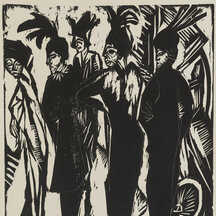Featuring more than 60 works on paper, this exhibition is the first to examine the prints of Edvard Munch alongside those of Ernst Ludwig Kirchner, elucidating the fascinating overlaps in their creative output and personal biographies and demonstrating how these artists suffered from—and attempted to cope with—the anxieties of their age. Both Munch and Kirchner were experimental printmakers who exploited the perceptual and emotional power of color and abstraction for creative expression and portrayed what they perceived to be a fragmented, harrowing reality. Responding to feelings of growing nationalism in Northern Europe, the onset of World War I, and the rise of the Nazi regime, both artists experienced existential crises, endured bouts of depression, grappled with substance abuse, and received psychiatric care. Nevertheless, they continued to produce works of art that demonstrated their radical visions of the modern world and that often echoed the state of their mental and physical health. Drawing primarily on a large group of prints in the collection of Nelson Blitz, Jr., and Catherine Woodard, as well as the Gallery’s own substantial holdings of German Expressionist works on paper and other U.S. museum collections, this exhibition brings into focus the parallels between these two towering figures of Expressionism, highlighting their engagement with themes of anxiety, modernity, psychology and psychiatry, depression, and trauma.
Read more about the exhibition in the spring 2024 magazine (PDF).

